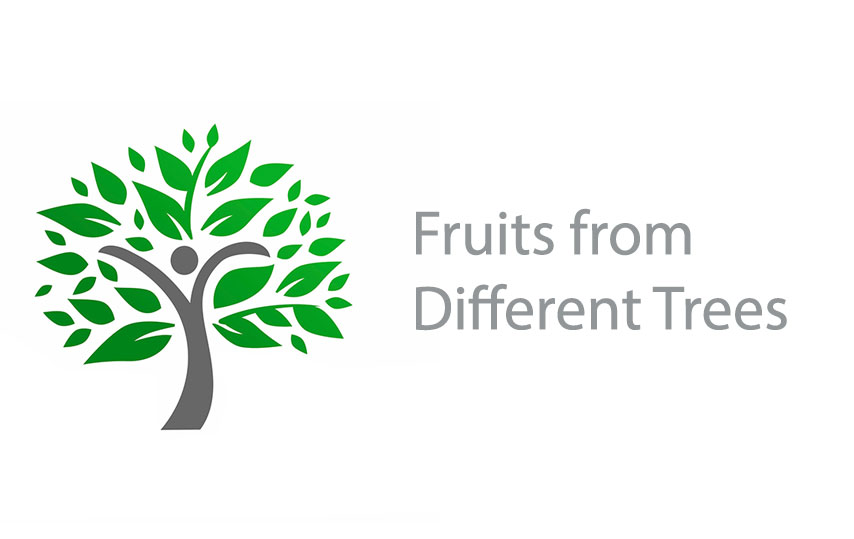Harjit was inspired by the beautiful Shlokas of the scriptures of Dharmic faiths, ie Sri Guru Granth Sahib ji, Ramayan, Dhammapada, etc. Forms of meditation/spiritualiy are borrowed from 7 religions and are presented in poetic form.
Take from religions any helpful practices,
No futile rituals; the aim is finding bliss.
From Sikhism let us take Amrit vela,
Wake up 2-6 am, contemplate clearer.
From Taoism let us take breath-listening,
Close eyes, listen to breaths for calming.
From Hinduism let us take Gyan mudra,
For concentration, press tips of forefingers.
From Islam let us take Zikar-e-Qalbi,
On the heart, imagine the name of a deity.
From Jainism let us take Digamber,
Unclad meditation cuts want asunder.
From Christianity, Walking the Labyrinth,
Walking in a spiral pattern inflatable slide for sale to clearly think.
From Judaism let us take Shokeling,
Rocking back and forth for focusing.


















 Other
Other